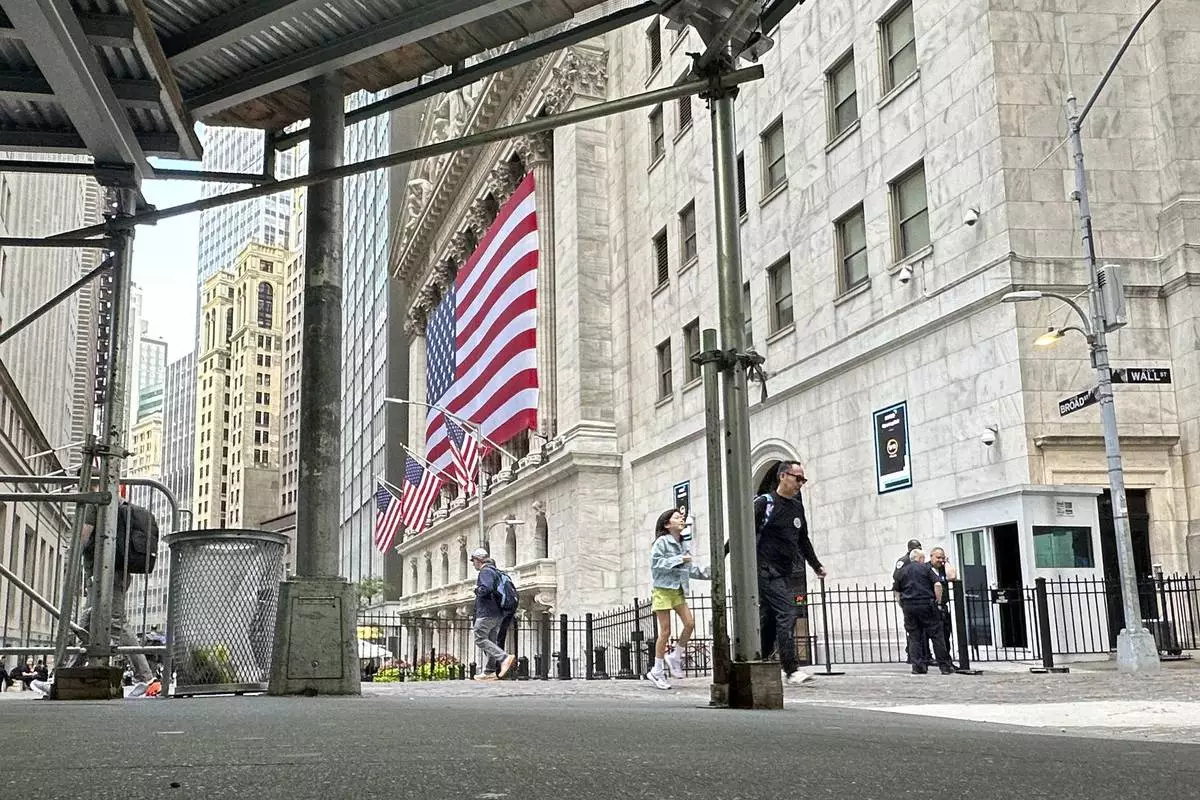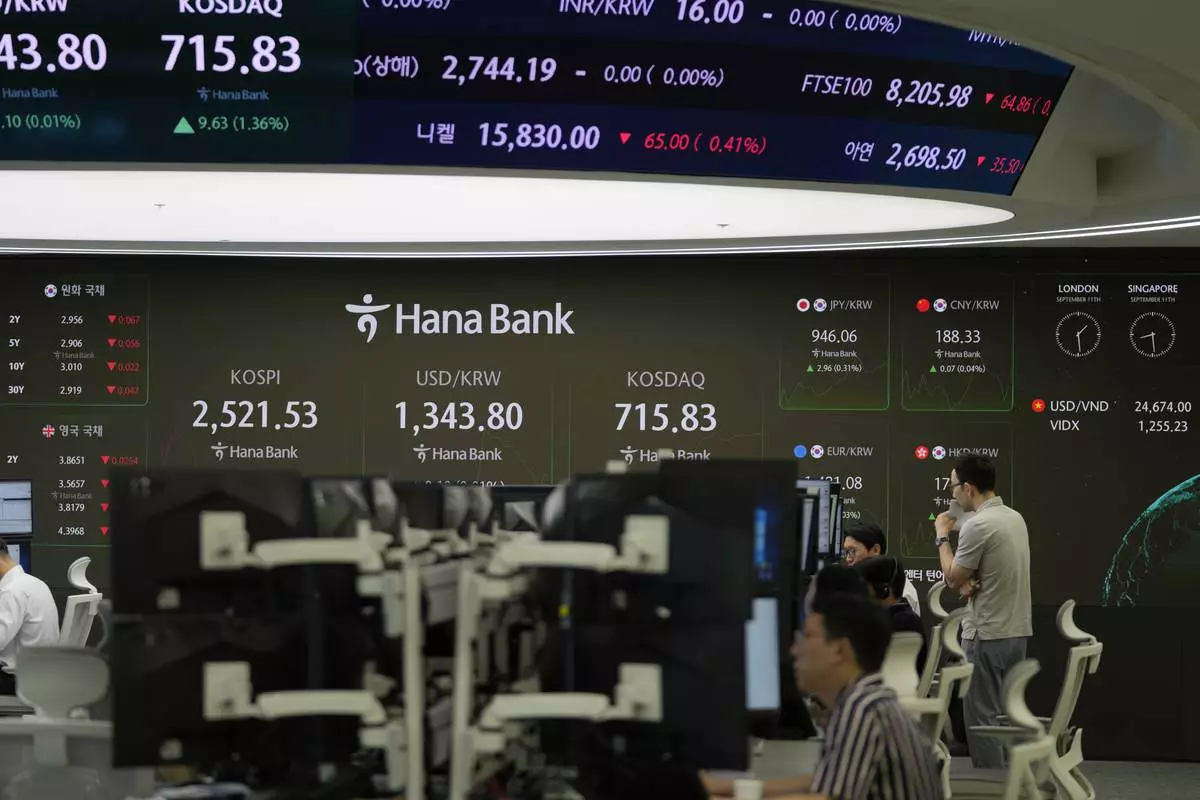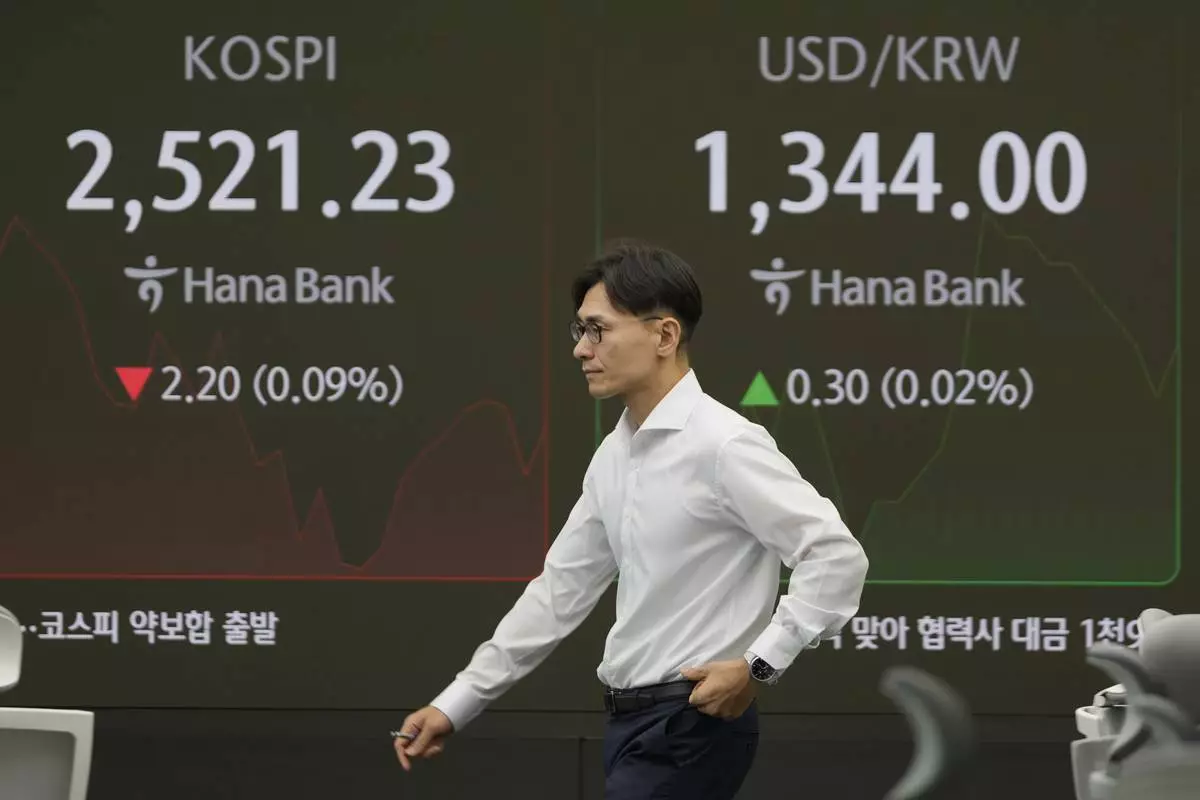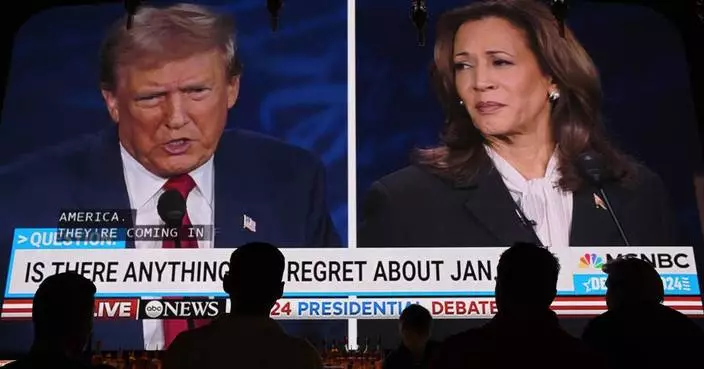SAN FRANCISCO (AP) — Former UFC champion Cain Velasquez has pleaded no contest to attempted murder after he shot at a man in 2022 accused of molesting Velasquez's relative, a Northern California district attorney's office said.
The office of Santa Clara County District Attorney Jeff Rosen said in a statement that Velasquez entered his plea in a San Jose courtroom Friday to felony assault and other gun charges as part of a negotiated agreement with the prosecutor's office.
The 42-year-old Velasquez was scheduled to go on trial next month. Velasquez, who retired from the Ultimate Fighting Championship in 2019, still faces prison time, said Rosen's office. A sentencing date has not been scheduled.
The man charged with molesting the male relative, who was 4 at the time, is the adult son of the woman who ran the daycare attended by the boy.
Prosecutors say that in a high-speed chase in February 2022, Velasquez fired a handgun multiple times at a truck carrying the alleged molester and two others. He shot and wounded the stepfather of the accused molester instead.
The shooting took place near an elementary school, endangering "young children and their parents who could have been injured or killed as he shot at his intended victim,” said Rosen. “We have excellent law enforcement in this county. Let them do their jobs.”
Velasquez and his attorney Renee Hessling declined comment after Friday’s court hearing, the Bay Area News Group reported. Velasquez is out on bail.
AP sports: https://apnews.com/sports

FILE - Cain Velasquez, right, appears for his arraignment with his attorney Edward Sousa at the Santa Clara County Hall of Justice, Nov. 21, 2022, in San Jose, Calif. (Dai Sugano/Bay Area News Group via AP, Pool, File)
NEW YORK (AP) — U.S. stock indexes stormed back from big early drops to finish higher, led by a handful of highly influential Big Tech companies. The S&P 500 gained 1.1% Wednesday after erasing a morning wipeout of 1.6%. A majority of the index’s stocks still finished lower for the day, but gains for Nvidia and other tech stocks were enough to drive it to a third straight gain and back within 2% of its all-time high set in July. The Dow Jones Industrial Average rose by 124 points, or 0.3%, after rallying back from a drop of 743 points. The Nasdaq composite jumped 2.2%.
THIS IS A BREAKING NEWS UPDATE. AP’s earlier story follows below.
NEW YORK (AP) — Most U.S. stocks are falling Wednesday as traders scale back their expectations for how much relief the Federal Reserve will deliver next week when it begins cutting interest rates.
Seven out of every 10 stocks were sinking within the S&P 500, but the index was nevertheless 0.4% higher in afternoon trading after erasing a sharp slide from earlier in the morning. The gain was due almost entirely to the performance of just one highly influential stock: Nvidia.
The Dow Jones Industrial Average was down 76 points, or 0.2%, as of 2:30 p.m. Eastern time, after erasing almost all of an earlier drop of 743 points. The Nasdaq composite, meanwhile, was up 1.4% thanks to Nvidia and a handful of other Big Tech stocks.
The sharp see-saw trading, where the Nasdaq composite roared back from an earlier 1.4% slide, followed the government's latest update on inflation at the consumer level, which came in close to expectations. Overall inflation slowed to 2.5% in August from 2.9% in July, a touch better than expected. But prices rose more than expected from July into August when ignoring food and energy, and economists say that can be a better predictor of where inflation is heading.
All together, the data seemed to confirm that the Fed will indeed cut its main interest rate at its meeting next week, which would be the first such cut in more than four years. But it bolstered expectations that the Fed will begin with only a traditional-sized move of a quarter of a percentage point instead of the more severe half-point that some had been expecting.
“This isn’t the CPI report the market wanted to see,” said Seema Shah, chief global strategist at Principal Asset Management.
Investors have a long history of being overly optimistic about how much and when the Fed will cut interest rates, only to send stock prices lower after being confronted with reality. Wall Street loves lower rates because they can goose the economy by making it cheaper for U.S. companies and households to borrow. Cuts also give boosts to investment prices.
The downside of lower rates is that they can give inflation more fuel.
“We believe the market is pricing in more rate cuts than what will occur this year,” said Gargi Chaudhuri, chief investment and portfolio strategist, Americas at BlackRock.
This time, the Fed at least has already indicated it’s about to begin lowering interest rates as it shifts from fighting high inflation toward protecting the job market and keeping the economy out of a recession. With inflation down from its peak of 9.1% two summers ago, the Fed is hoping to ease the brakes off the already slowing economy.
A worry on Wall Street is that the cuts may prove to be too late, with many U.S. shoppers already struggling under the weight of high prices and stretched ability to spend more.
Vera Bradley’s stock dropped 5.9% after the designer of handbags and the parent company of the Pura Vida brand reported weaker profit and revenue for the latest quarter than analysts expected. It pointed to “stubbornly persistent macro consumer headwinds.”
Elsewhere on Wall Street, Trump Media & Technology Group sank 11.3% to worsen its rough run since March. The company behind former President Donald Trump’s Truth Social platform has often risen and fallen with expectations for Trump’s re-election chances, and he’s coming off a debate with Vice President Kamala Harris.
Since closing above $66 in early March, the stock has tumbled to $16.53. That affects Trump particularly because he is the company’s largest shareholder.
On the winning side of the U.S. stock market were solar-energy companies, which are seen as doing better under a Democratic White House than a Republican one. First Solar jumped 14.4%.
Big Tech also once again lifted the market. A handful of these behemoths have pulled away from the rest of the stock market, accounting for most of the S&P 500's return through the early part of this year, in large part on hopes about profits coming from the artificial-intelligence boom.
They faltered during the summer on worries that investors had carried the stock prices too high, including a 27% drop for Nvidia at one point, but they've been firming in the last couple weeks.
Beside the 6.8% rise for Nvidia, gains of 1.5% for Amazon and 1.5% for Microsoft were also big forces lifting the S&P 500. Because these companies are among Wall Street's largest by market value, their movements pack more punch on the index than almost every other stock.
In the bond market, the yield on the 10-year Treasury rose to 3.66% from 3.64% late Tuesday. The two-year yield, which more closely follows expectations for Fed action, rose more, to 3.65% from 3.59%.
In stock markets abroad, indexes fell across much of Europe and Asia.
Japan’s Nikkei 225 dropped 1.5% after a Japanese central bank official was quoted by Japanese media as indicating the Bank of Japan was getting ready to raise interest rates. The comments also pushed the value of the Japanese yen higher against the U.S. dollar, a move that earlier in the summer helped send financial markets around the world reeling.
AP Business Writers Yuri Kageyama and Matt Ott contributed.

The American flag hangs from the front of the New York Stock Exchange on Wednesday, Sept. 11, 2024, in New York. (AP Photo/Peter Morgan)

Currency traders talk near the screens showing the Korea Composite Stock Price Index (KOSPI), left, the foreign exchange rate between U.S. dollar and South Korean won and the Korean Securities Dealers Automated Quotations (KOSDAQ), at a foreign exchange dealing room in Seoul, South Korea, Wednesday, Sept. 11, 2024. (AP Photo/Lee Jin-man)

Currency traders talk near the screens showing the Korea Composite Stock Price Index (KOSPI), left, the foreign exchange rate between U.S. dollar and South Korean won and the Korean Securities Dealers Automated Quotations (KOSDAQ), at a foreign exchange dealing room in Seoul, South Korea, Wednesday, Sept. 11, 2024. (AP Photo/Lee Jin-man)

A currency trader walks by the screens showing the foreign exchange rate between U.S. dollar and South Korean won at a foreign exchange dealing room in Seoul, South Korea, Wednesday, Sept. 11, 2024. (AP Photo/Lee Jin-man)

A currency trader walks by the screens showing the Korea Composite Stock Price Index (KOSPI), left, and the foreign exchange rate between U.S. dollar and South Korean won at a foreign exchange dealing room in Seoul, South Korea, Wednesday, Sept. 11, 2024. (AP Photo/Lee Jin-man)















